Fall 2017 STEMinar Schedule
Date: Thursday September 7th
Speakers: Megan Harries, Louisa Smith, and Albany Thompson
Title: Mini STEMinars
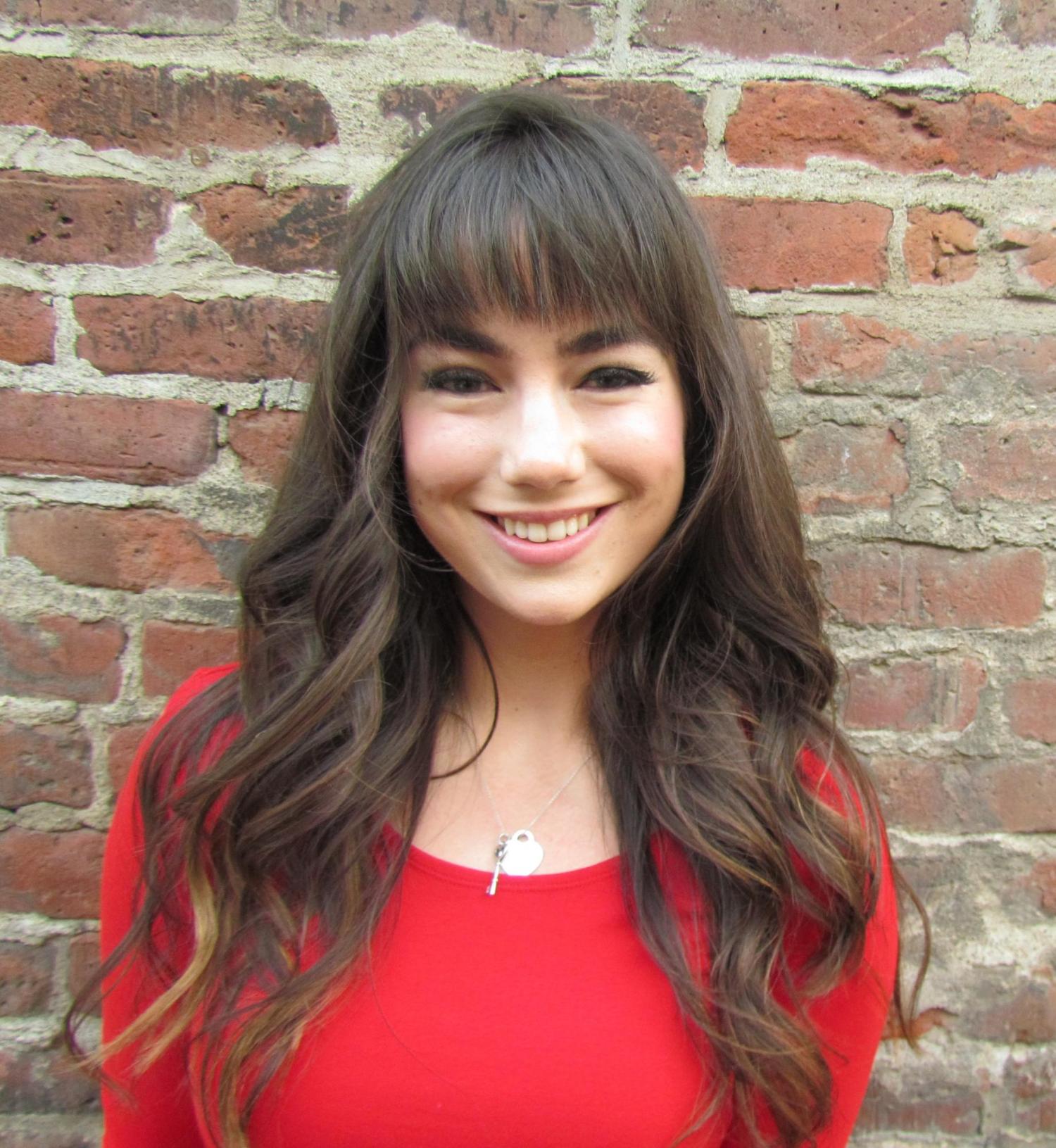
Spreaker: Olivia Hirschey
Department: Linguistics
Title: Leonhard Euler and Linguistics: Interdisciplinary research in STEM and the social sciences
Location: Duane 11th Floor Commons Room
Abstract: This talk will be twofold. First, I will discuss the findings of my 2015 article, “The Missing Meditatio: Leonhard Euler's (1707-1783) contribution to articulatory phonetics” (Historiographia Linguistica, 42[1]). In this paper, we discuss the previously unknown contributions Leonhard Euler made to the field of articulatory phonetics, though he was neither a phonetician nor a linguist. We outline the contributions both for the fields of mathematics and linguistics, and we discuss the theoretical implications of his work. Second, I will talk about the interdisciplinary accomplishment of authoring a historical paper on linguistics with a mathematician co-author. I will conclude by discussing how to facilitate interdisciplinary work and the importance of cross-field collaboration.
Date: Thursday October 5th
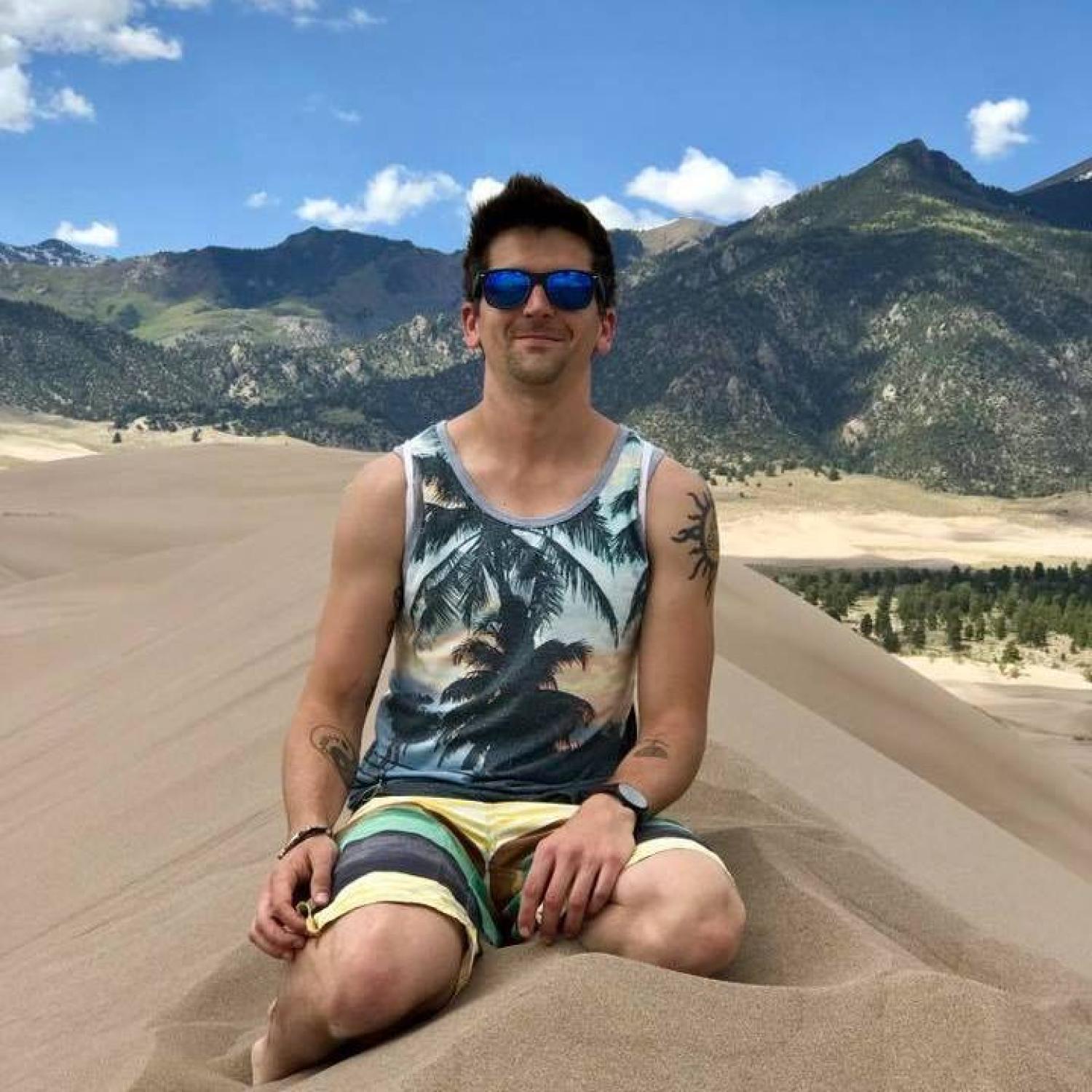
Spreaker: Kevin Dorney
Department: Chemistry
Title: How to Make and Control Nature's Most Exotic Light Source: X-ray and Attosecond Light Science at the Molecular, Nano, and Atomic Frontier
Location: Duane 11th Floor Commons Room
Abstract: Since the invention of the laser in 1960, nearly all areas of science and technology have benefitted from the powerful properties of these highly coherent and bright light beams. However, the range of physical systems that can be studied by the modern table-top laser (e.g., a femtosecond, 10^-15 s, visible laser source) is limited by both the temporal duration and wavelength of the light flash, precluding the direct, chemically specific interrogation of electron dynamics during chemiophysical transformation. In this overview talk, I'll describe how we manipulate and control field-driven electron dynamics to generate high frequency X-ray light pulses that "flash on" for less than the time it takes an electron to orbit an atom and how this new type of "laser" can allow us to, quite literally, watch the evolution of electrons and nuclei on their own natural time scales.
Date: Tuesday October 17th
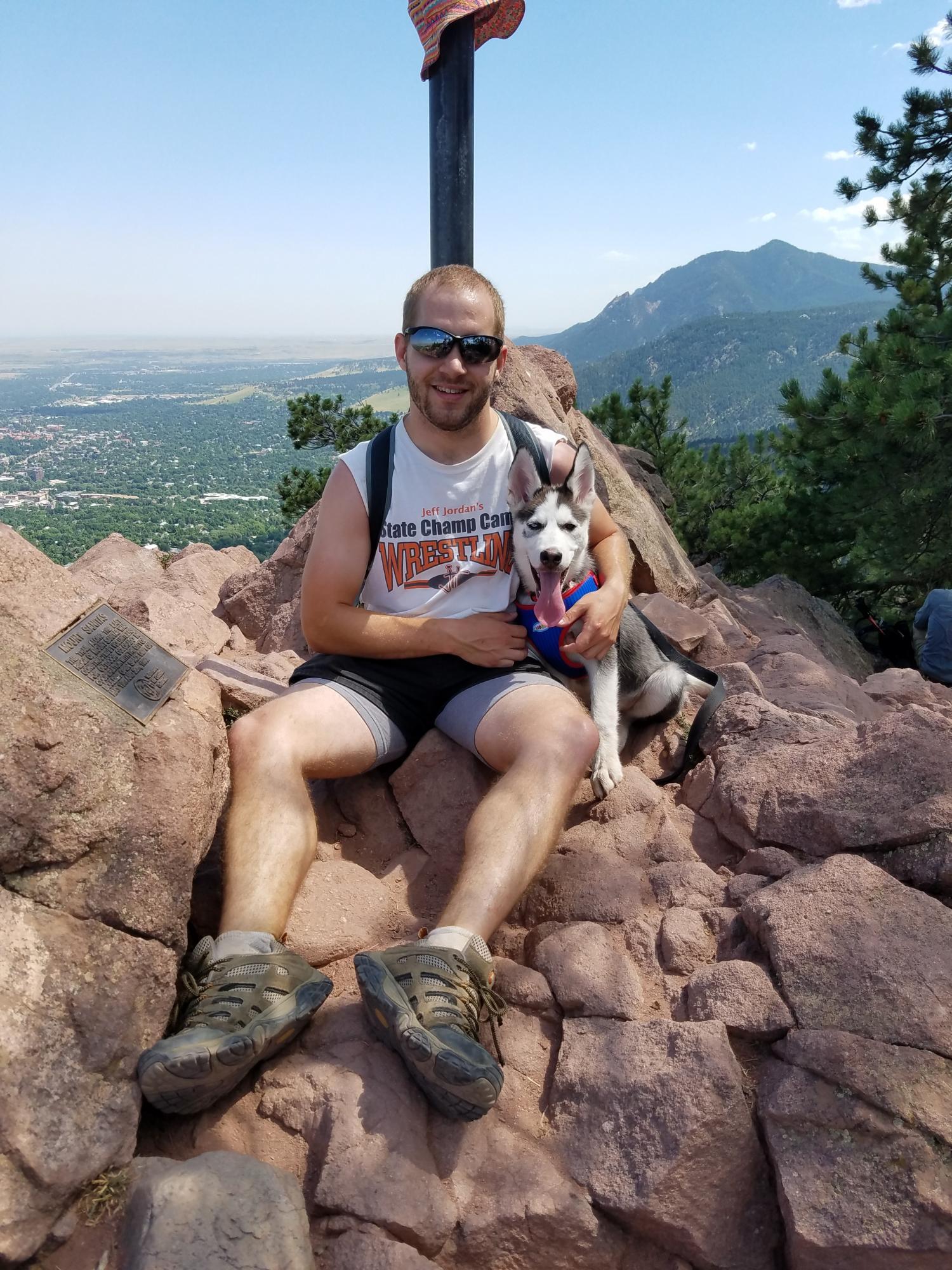
Speaker: Ian Martiny
Department: Computer Science
Title: Proof of Censorship: Enabling centralized censorship-resistant content providers
Location: Duance APS G 126
Abstract:
Content providers often face legal or economic pressures to censor or remove objectionable or infringing content they host. While decentralized providers can enable censorship-resistant storage, centralized content providers remain popular for performance and usability reasons. But centralized content providers can always choose not to respond to requests for a specific file, making it difficult to prevent censorship. If it is not possible to prevent, is it possible to detect and punish censorship on a centralized service?
A natural approach is to periodically audit the service provider by downloading the file. However, failure to download a file is not a proof of censorship. First, the provider could claim benign failure. Second, the proof is non-transferable: verifying censorship requires third parties to individually request the censored file. Moreover, a content provider may only selectively deny access to particular users or only for a short time frame. As such, checking by downloading does not work even for third parties who are online and willing to make queries.
In this talk, we describe a system that enables a transferable proof of censorship, whereby a content provider cannot delete or otherwise selectively remove content from their service without creating cryptographic proof of their misdeed. Even if the provider restores the file at a later date, the proof remains valid, allowing the reputation of a content provider's commitment to censorship resistance to be based on the existence (or absence) of such proofs.
Date: Thursday November 2nd
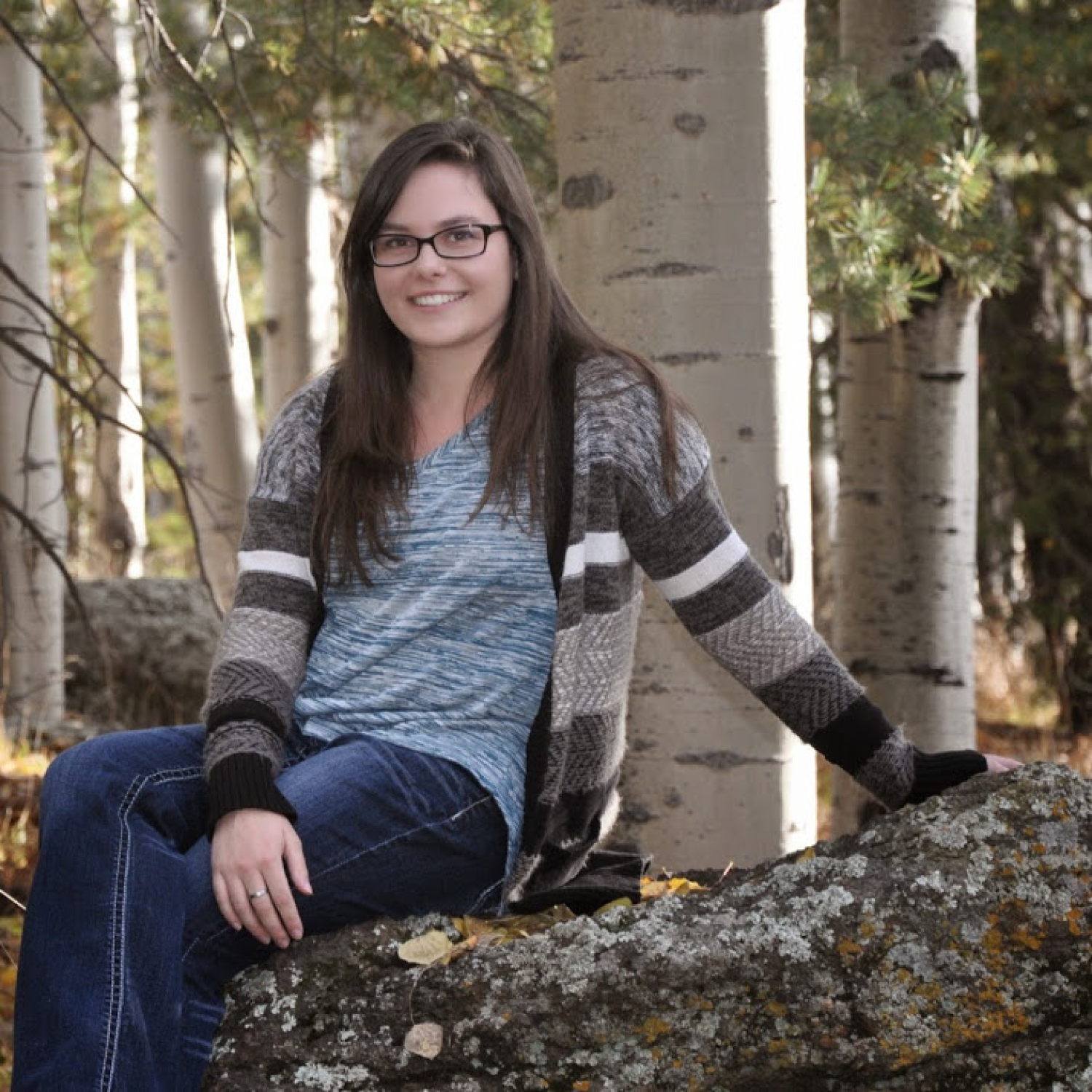
Department: Mathematics
Title: The Futurama Problem
Location: Duane 11th Floor Commons Room
Abstract: In an episode of the science fiction sitcom, Futurama, two characters create a mind swapping machine with a serious limitation: once two bodies go into the machine to swap minds, the machine won't work on that pair of bodies again! Will the professor and the Globetrotters be able to get everyone's minds in the right bodies? Do we need to add more people to the mix to return everyone to normal? If so, how many? To investigate the mathematical structure behind this problem and to see the answer, you can check out episode 10 of season 6 of Futurama or you can keep the suspense building and we'll work through it together during my talk. We will also talk about some generalizations.
Date: Tuesday November 14th
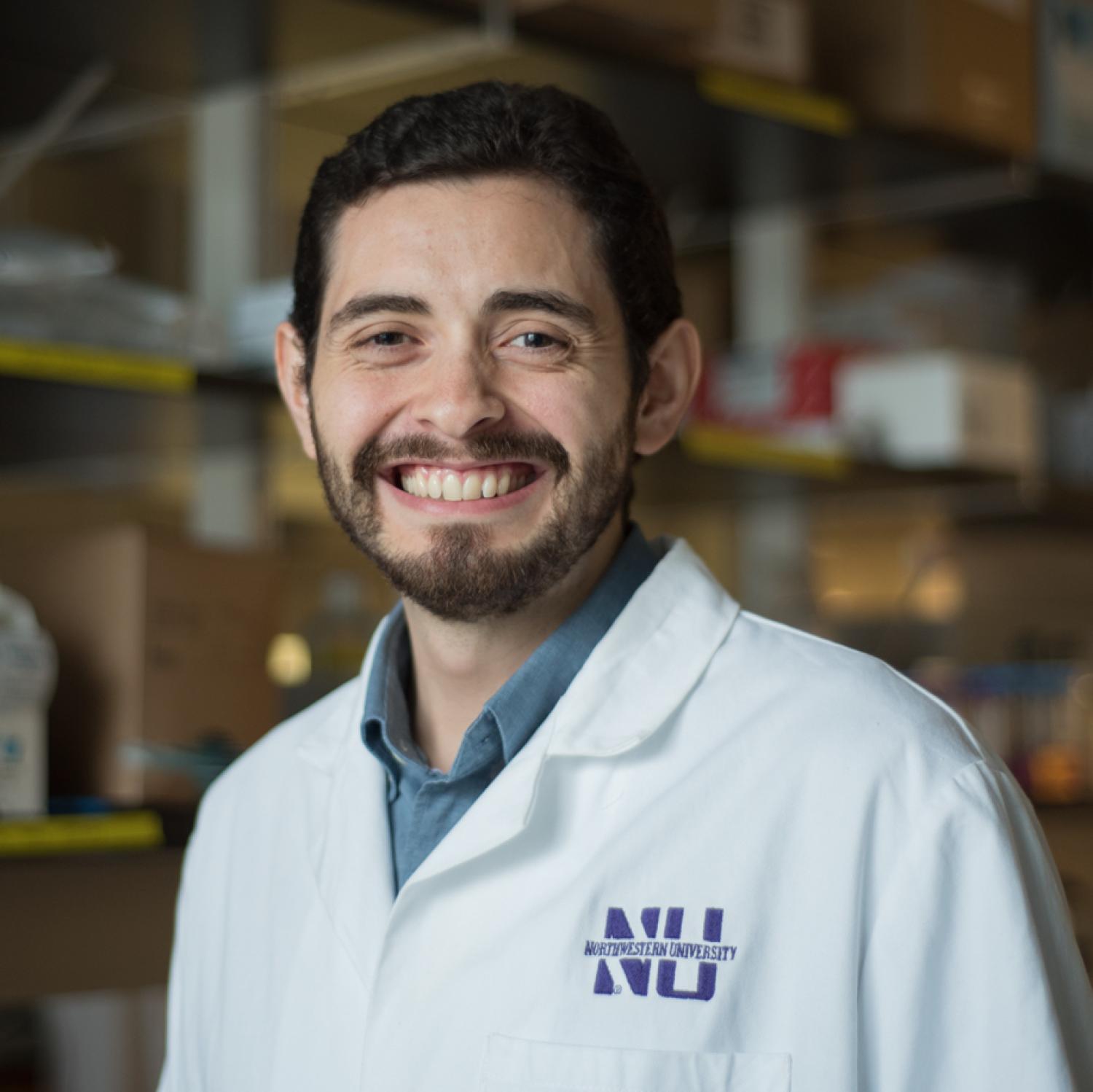
Speaker: Brian Aguado, Ph.D.
Department: Chemical and Biological Engineering
Title: Building Homes for Cells
Location: JSCBB Room B115
Abstract: Cells reside in specific tissues, or "homes," within the body with favorable environments. As tissue engineers, we seek to design the proper homes for cells using biomaterials that mimic these favorable environments. Using biomaterials, we can instruct cells to achieve desired functions, such as stimulate tissue regeneration within the body after transplantation, or detect diseases within the body, such as cancer metastasis. As we become better tissue architects, we hope to generate novel biomaterials-based technologies that can detect or treat diseases more effectively.
Date: Tuesday December 5th
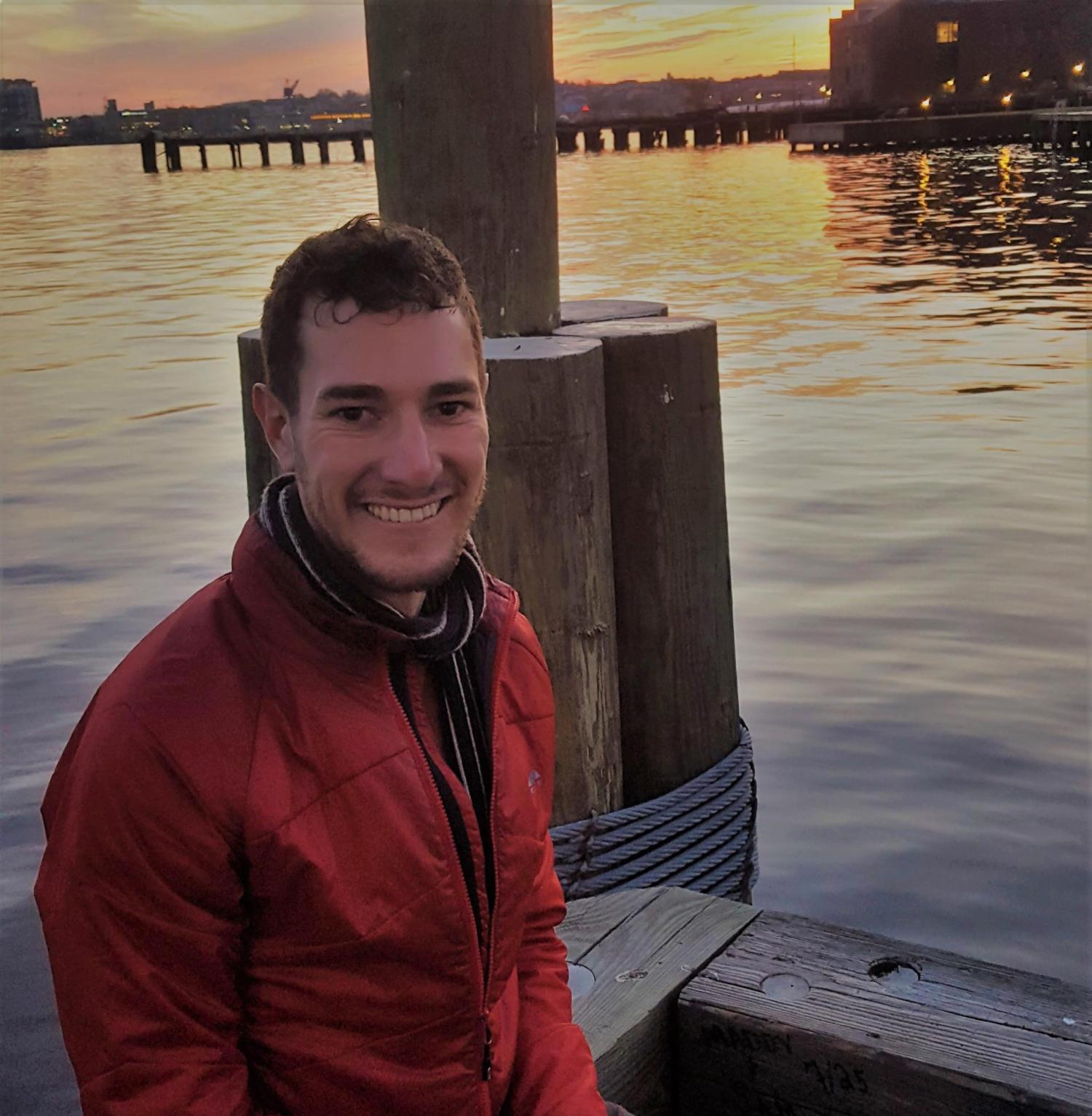
Speaker: Ben Pollard
Title: Model While You Measure: Using Science to Teach a Better Physics Lab
Department: Physics Education
Location: Duane ASP G 12 6
Abstract: Ben is a postdoc in the Physics Education Research group at CU Boulder, working with Prof. Heather Lewandowski to study teaching and learning in physics laboratory courses. Ben earned his PhD in Physics in the Spring of 2017 from the University of Colorado Boulder in the field of nano-optics, using near-field infrared imaging and spectroscopy to study heterogeneous soft matter materials. During his time as a graduate student, Ben was also involved in student-led community organizing to promote diversity, equity, allyship, and inclusion in STEM. When not doing physics, Ben can sometimes be found playing bassoon in orchestras and chamber groups.
Date: Thursday December 14th
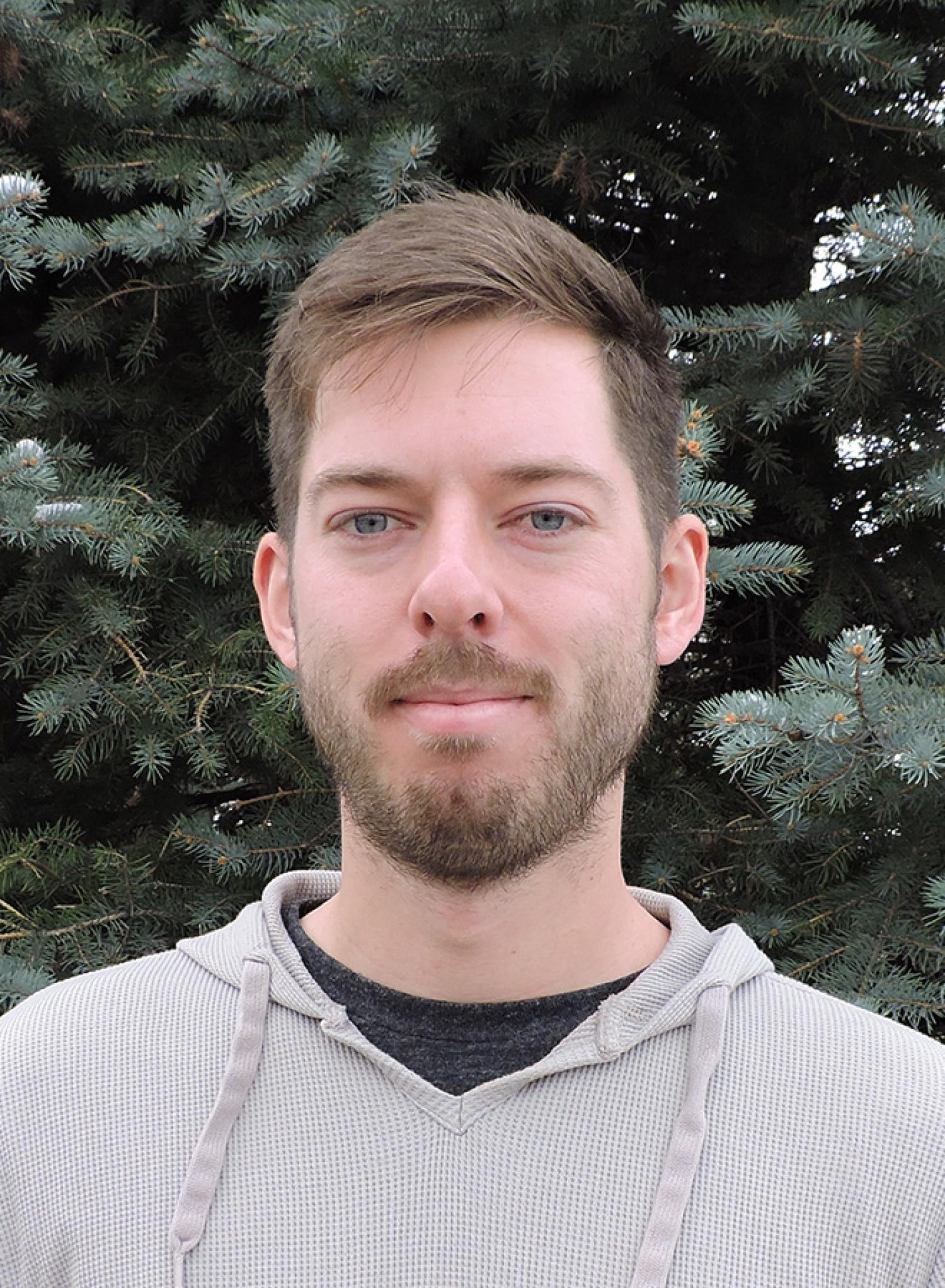
Speaker: Aaron Lamplugh
Department: Mechanical Engineering
Title: An air quality perspective on health hazards in the nail salon industry
Location: SEEC C120 C/D
Abstract: Nail salons are an unusual occupation environment, where long-term chronic exposure to toxic compounds create the opportunity for serious health outcomes. Aaron's research focuses on worker exposure to volatile organic compounds in the nail salon environment, and addresses issues of health disparities in the Vietnamese immigrant community.

